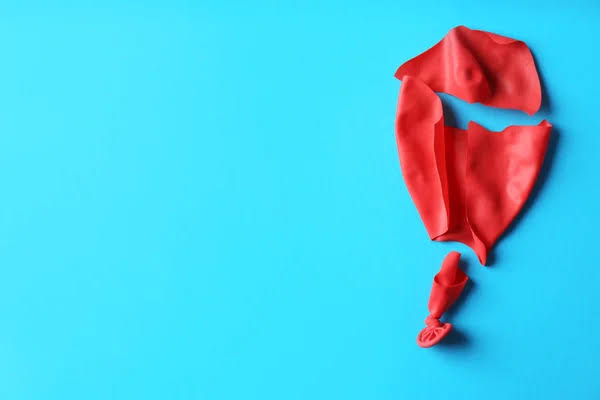Art in the Heian Era
Justin Aukema
May 12, 2016
Due to their nearly unrivaled power and influence, the ruling Fujiwara family during the Heian Era was able to live extravagant lifestyles and to patronize the arts. The many developments in literature and writing have been detailed in a previous post. In addition to this, the visual arts flourished.
Art was heavily
influenced by Pure Land Sect Buddhism (Jōdō-shū)
which was founded in Japan by Enshin Sōzu and was first centered around the Mt.
Hiei area between Kyoto and Lake Biwa. Pure Land Buddhism emphasized faith in
Amida and preached a kind of universal salvation through chanting the nembutsu.
Many famous
examples of Buddhist art from this period can be found in the Pheonix Hall (hō-ō-dō) in one of the era’s most
well-known temples, the Byōdō-in in the town of Uji, just outside Kyoto. The
sculptor Jōchō is known for carving the statue of Amida here, and the other
painted images of Kannon descending from heaven with Bodhisattva in tow to
great her faithful followers is representative of Buddhist art in this period.
(Pheonix Hall of the Byōdō-in, Wiki commons)
In addition,
more secular paintings were also popular. The popular romantic tale, The Tale of Genji (Genji monogatari) by Murasaki Shikibu was accompanied by
illustrations, four of which remain today. From these scrolls, or emakimono, we can glean what daily life
was like for the Fujiwara and other notable leaders.
The scrolls,
some of which were 8 to 20 inches high and up to 60 feet long, were also used
to depict stories, parables, or historical events. Readers would unwind each scroll
which would then reveal a narrative in picture format. Often times one story
required as many as ten scrolls to tell its tale.
Activity: Access this link from the University of Colorado and analyse the emakimono listed there.
Questions:
Activity: Access this link from the University of Colorado and analyse the emakimono listed there.
Questions:
- Who painted the picture?
- What is the historical background to the image?
- Why might the image have been created?
- What might the painter have been trying to communicate?
- What does the image depict?
- What can we learn from the image?
- What artistic elements make the image significant?
- What is your impression of the image?
***Test your knowledge of literature and art in the Heian Period with these comprehension questions***
Sources
“Heian - Lesson
| Imaging Japanese History.” Accessed May 12, 2016.
history/heian/lesson.html.
"Kashiwagi III." Accessed at http://web-japan.org/museum/emaki/emaki02/emaki02.html
Tsuda, Noritake. A History of Japanese Art: From Prehistory to the Taisho Period. Tuttle
Publishing, 2015.



